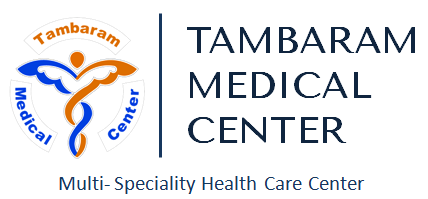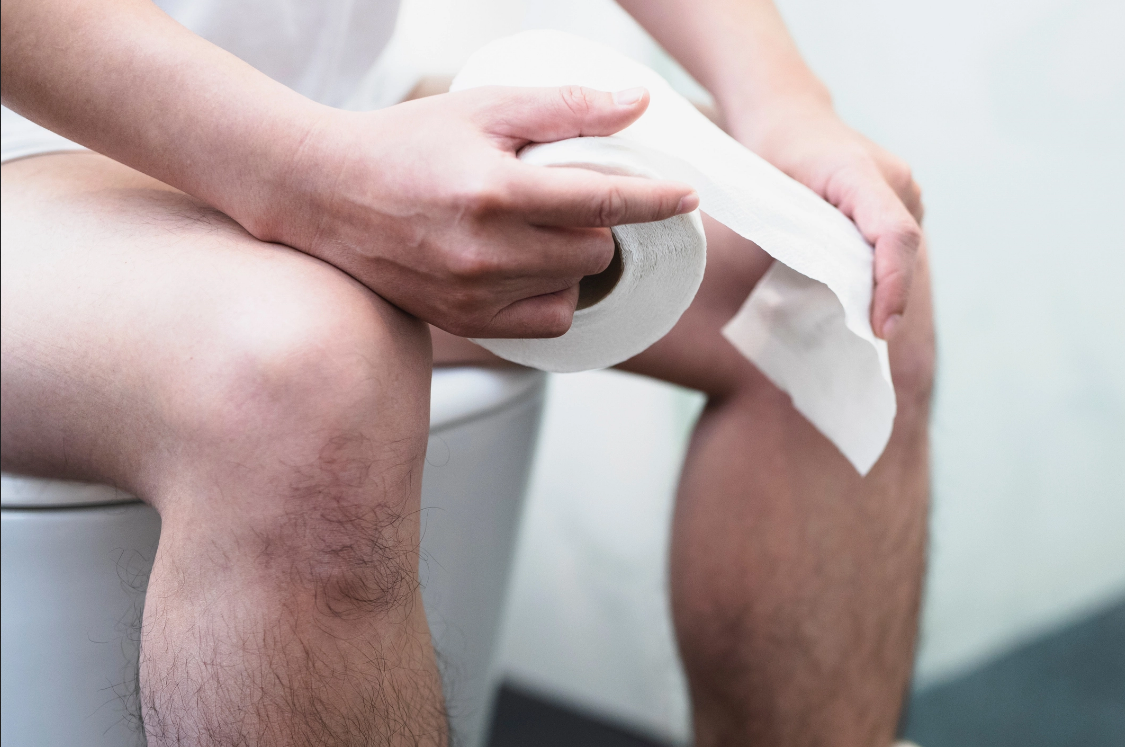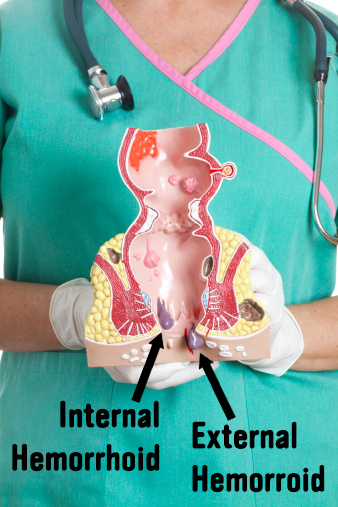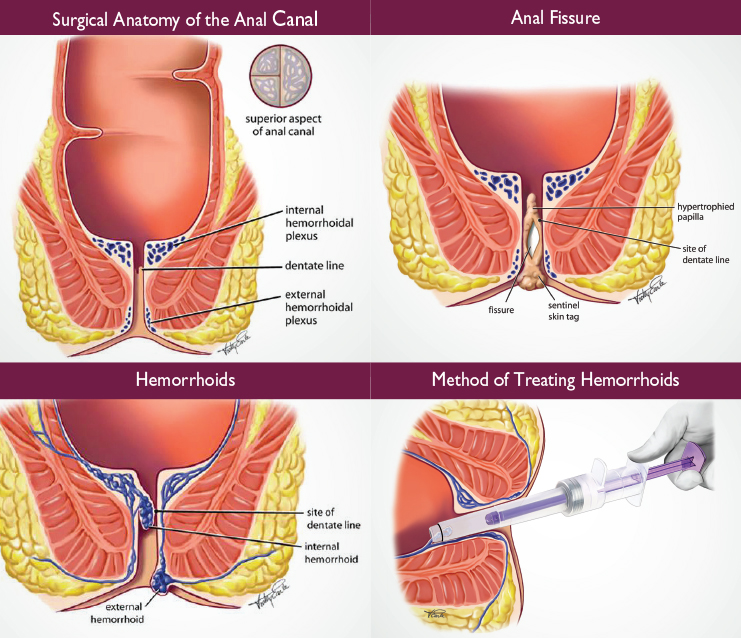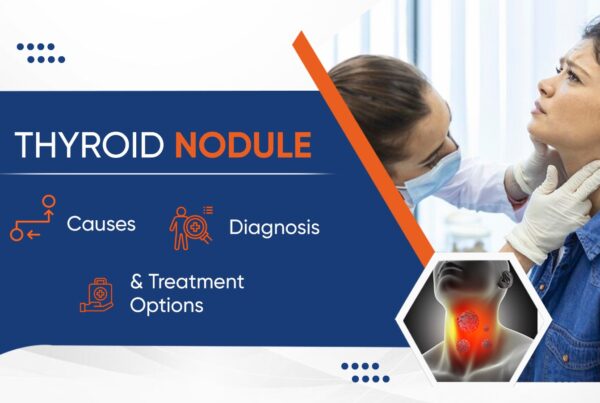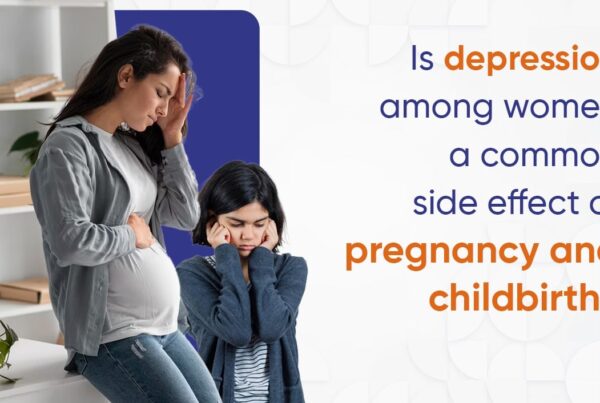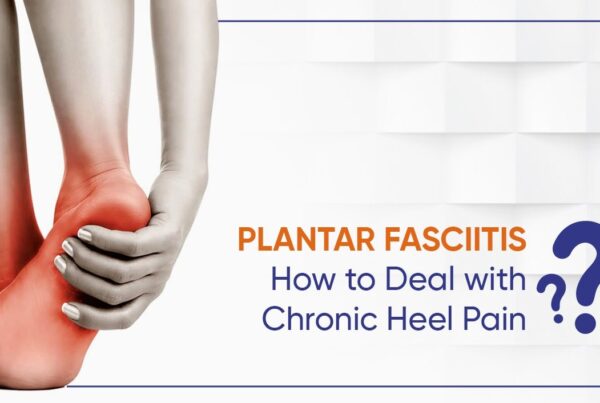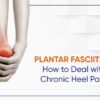Table of Contents
PILES
Hemorrhoids (HEM-uh-roids), also called piles, are swollen veins in your anus and lower rectum, similar to varicose veins. Hemorrhoids can develop inside the rectum (internal hemorrhoids) or under the skin around the anus (external hemorrhoids).
Nearly three out of four adults will have hemorrhoids from time to time. Hemorrhoids have a number of causes, but often the cause is unknown. Fortunately, effective options are available to treat hemorrhoids. Many people get relief with home treatments and lifestyle changes.
What do hemorrhoids look like?
A thrombosed hemorrhoid will appear as a lump at the anal verge, protruding from the anus, and will be dark bluish in color because of the blood clot contained inside the swollen blood vessel. Non-thrombosed hemorrhoids will appear as a rubbery lump. Often more than one swollen hemorrhoid appears at the same time.
They can be small lumps, around the size of a pea.
They can be pink or purple.
They can grow into larger lumps, the size of grapes.
Symptoms of external hemorrhoids
Signs and symptoms of hemorrhoids usually depend on the type of hemorrhoid.
These are under the skin around your anus. Signs and symptoms might include:
- Itching or irritation in your anal region
- Pain or discomfort
- Swelling around your anus
- Bleeding
Symptoms of Internal hemorrhoids
Internal hemorrhoids lie inside the rectum. You usually can’t see or feel them, and they rarely cause discomfort. But straining or irritation when passing stool can cause:
- Painless bleeding during bowel movements. You might notice small amounts of bright red blood on your toilet tissue or in the toilet.
- Hemorrhoid to push through the anal opening (prolapsed or protruding hemorrhoid), resulting in pain and irritation.
Symptoms of Thrombosed hemorrhoids
If blood pools in external hemorrhoid and forms a clot (thrombus), it can result in:
- Severe pain
- Swelling
- Inflammation
- A hard lump near your anus
Causes
The veins around your anus tend to stretch under pressure and may bulge or swell. Hemorrhoids can develop from increased pressure in the lower rectum due to:
- Straining during bowel movements
- Sitting for long periods of time on the toilet
- Having chronic diarrhea or constipation
- Being obese
- Being pregnant
- Having anal intercourse
- Eating a low-fiber diet
- Regular heavy lifting
Complication
Complications of hemorrhoids are rare but include:
- Anemia. is a condition in which you lack enough healthy red blood cells to carry adequate oxygen to your body’s tissues. Having anemia can make you feel tired and weak
- Strangulated hemorrhoid – If the blood supply to an internal hemorrhoid is cut off, hemorrhoids may be “strangulated,” which can cause extreme pain.
- Blood clot – Occasionally, a clot can form in the hemorrhoid (thrombosed hemorrhoid). Although not dangerous, it can be extremely painful and sometimes needs to be lanced and drained. External hemorrhoids can become thrombosed (develop blood clots inside) and become very tender. Large blood clots can produce pain with walking, sitting, or passage of stool. It is not clear why healthy people suddenly develop clots in external hemorrhoids.
Prevention
Avoid long periods of sitting. Sitting too long, particularly on the toilet, can increase the pressure on the veins in the anus.
Consider fiber supplements – Most people don’t get enough of the recommended amount of fiber
Drink plenty of fluids – Drink six to eight glasses of water and other liquids (not alcohol) Helps in stooling
Don’t strain – Straining and holding your breath when trying to pass a stool creates greater pressure in the veins in the lower rectum.
Exercise – Stay active to help prevent constipation and to reduce pressure on veins
Do’s and Dont’s
Do’s
- Drink lots of fluid and eat plenty of fiber. Fiber foods are beans. Lentils and other beans are an easy way to sneak fiber into your diet in soups, stews, and salads, Broccoli, Avocados, Popcorn, whole Grains, apples, dried Fruits.
- Use an ice pack wrapped in a towel to ease discomfort
- Wipe your bottom with damp toilet paper
- Take a warm bath to ease itching and pain
- Make sure you gently push a pile back inside
- Keep your bottom private parts clean and dry
- Exercise regularly
- Cut down on alcohol and caffeine (like tea, coffee, and cola) to avoid constipation
Don’t
- Do not ignore the urge if wanted to Poo
- Do not push too hard when pooing
- Do not wipe your bottom too hard after you poo
- Do not take painkillers that contain codeine, as they cause constipation
- Do not take ibuprofen if your piles are bleeding
- Do not spend more time than you need to on the toilet
